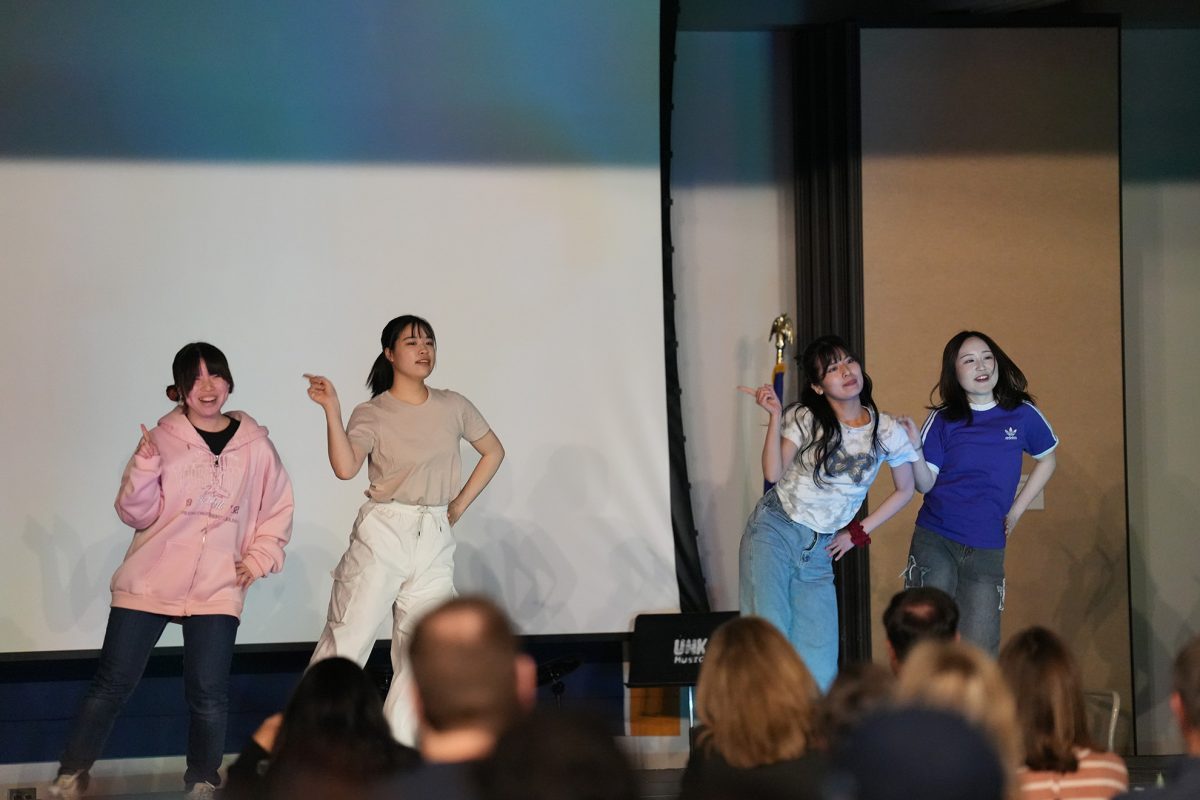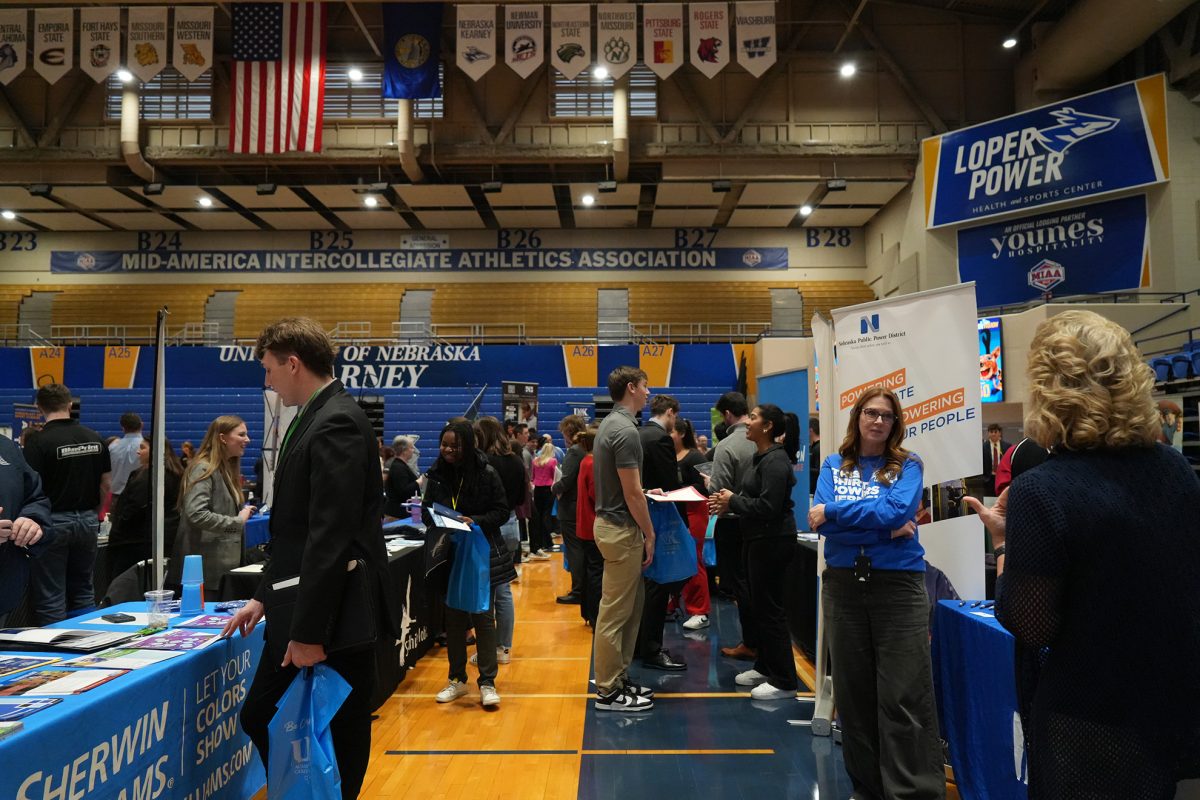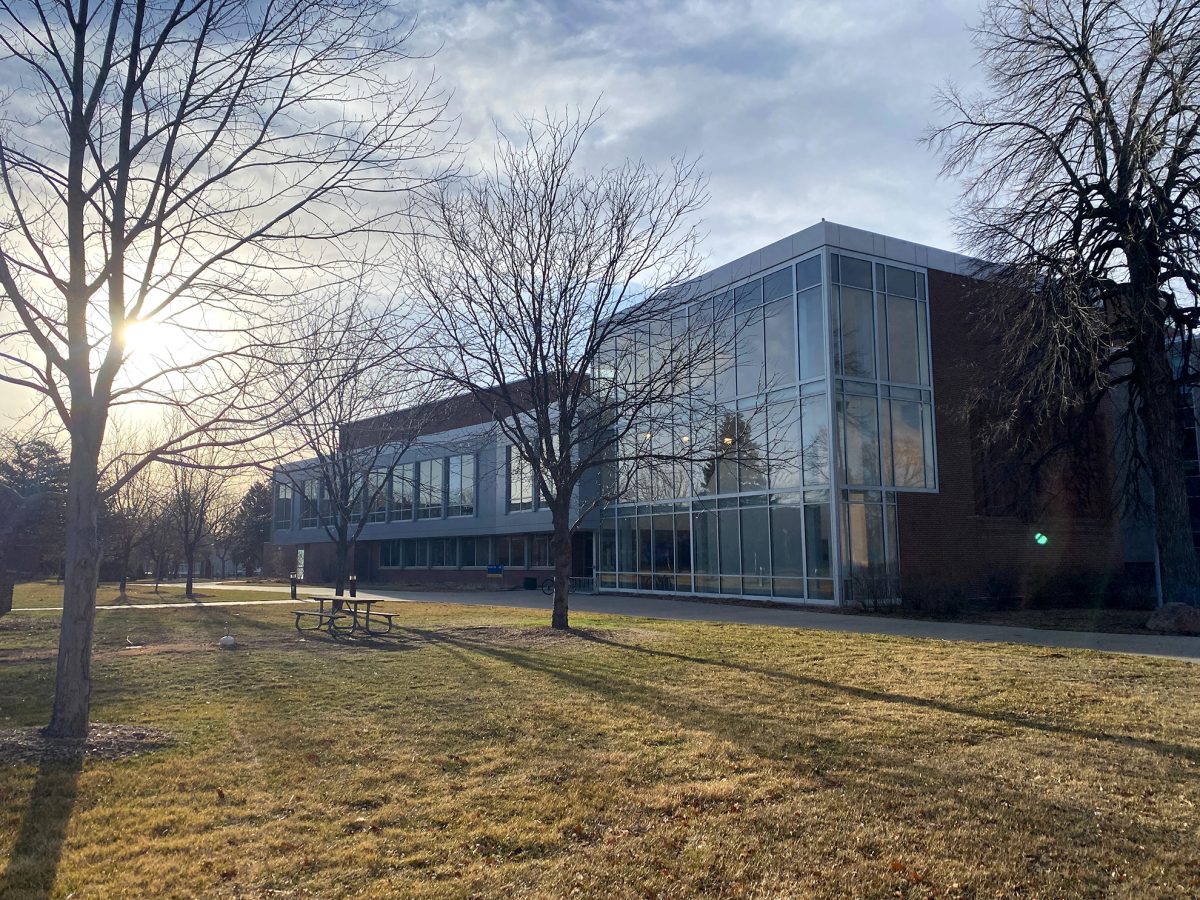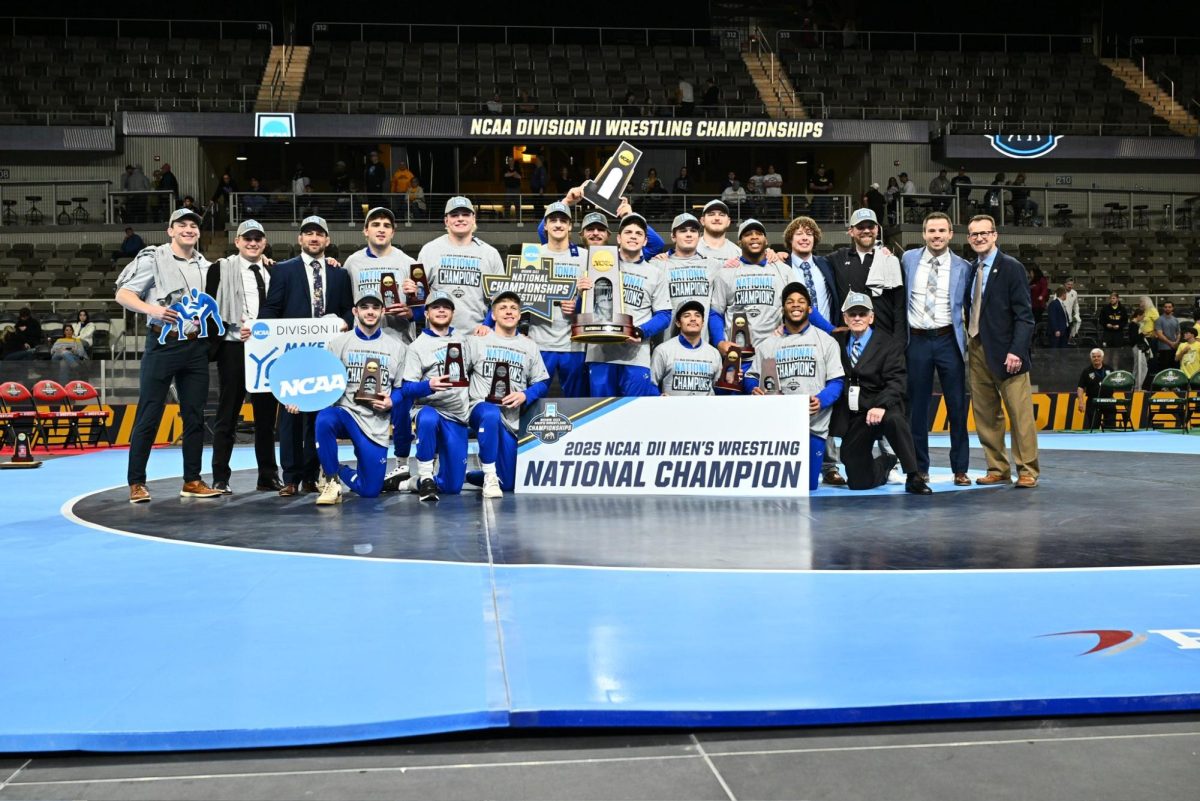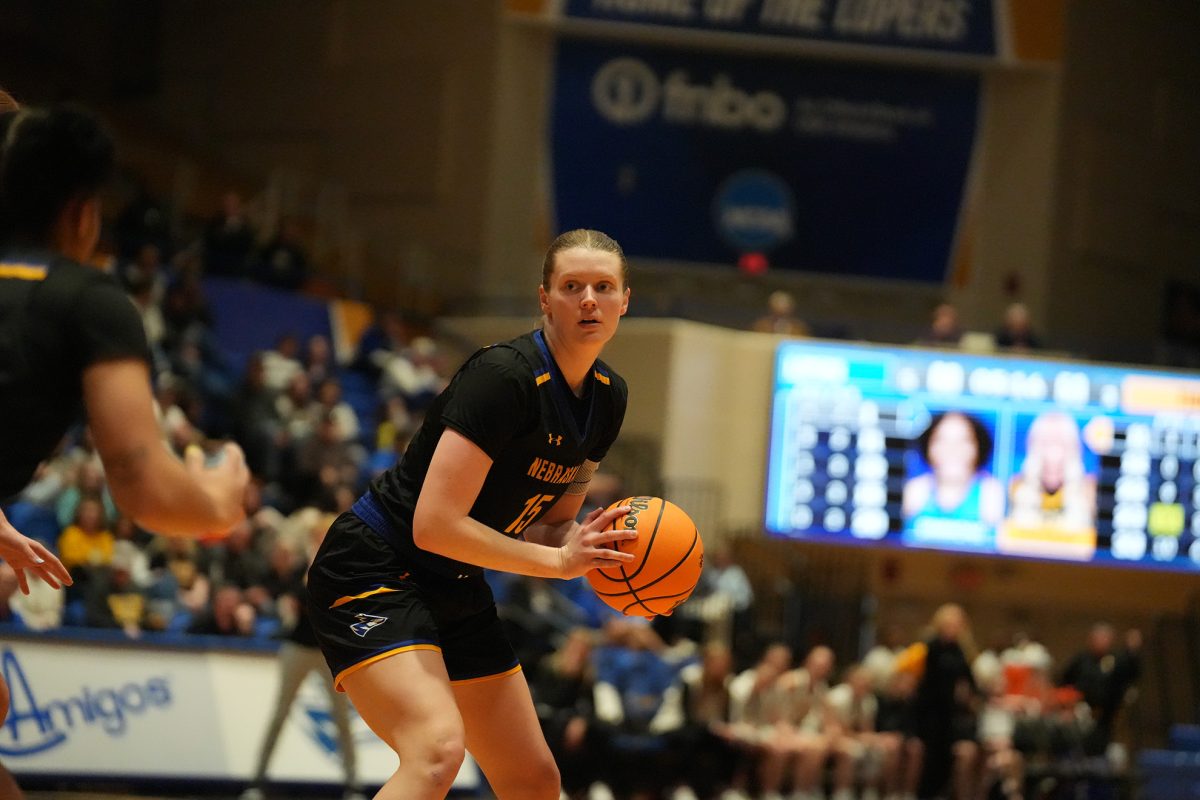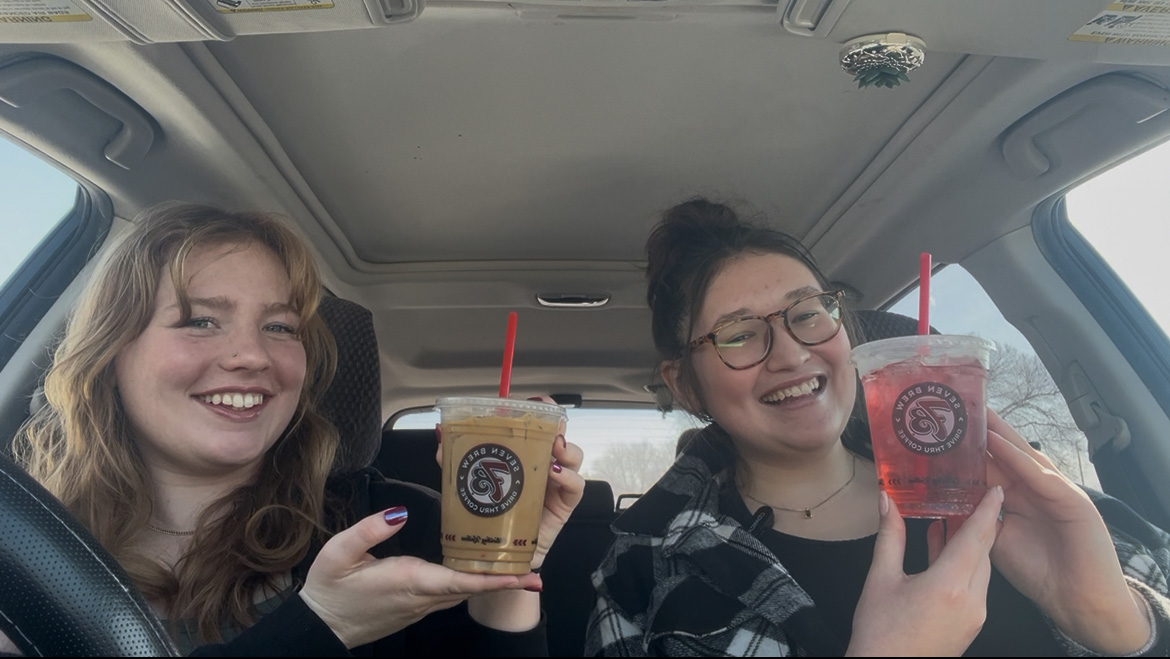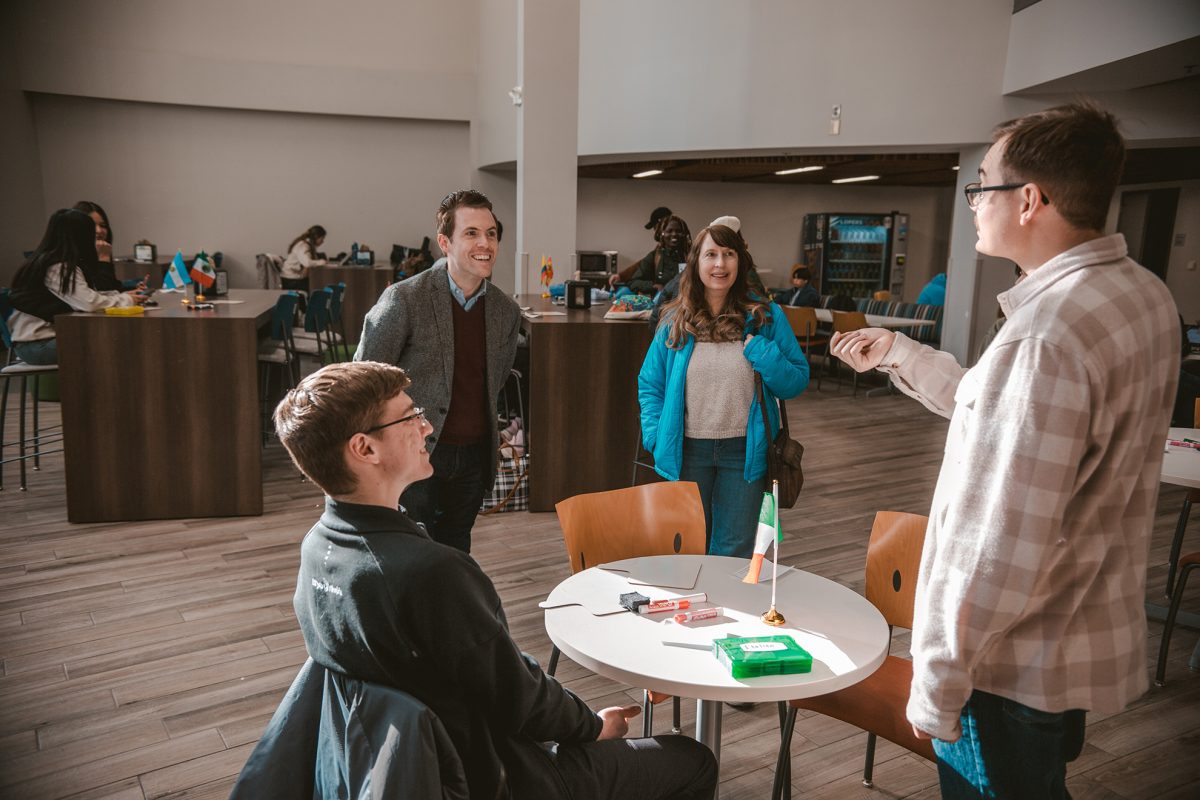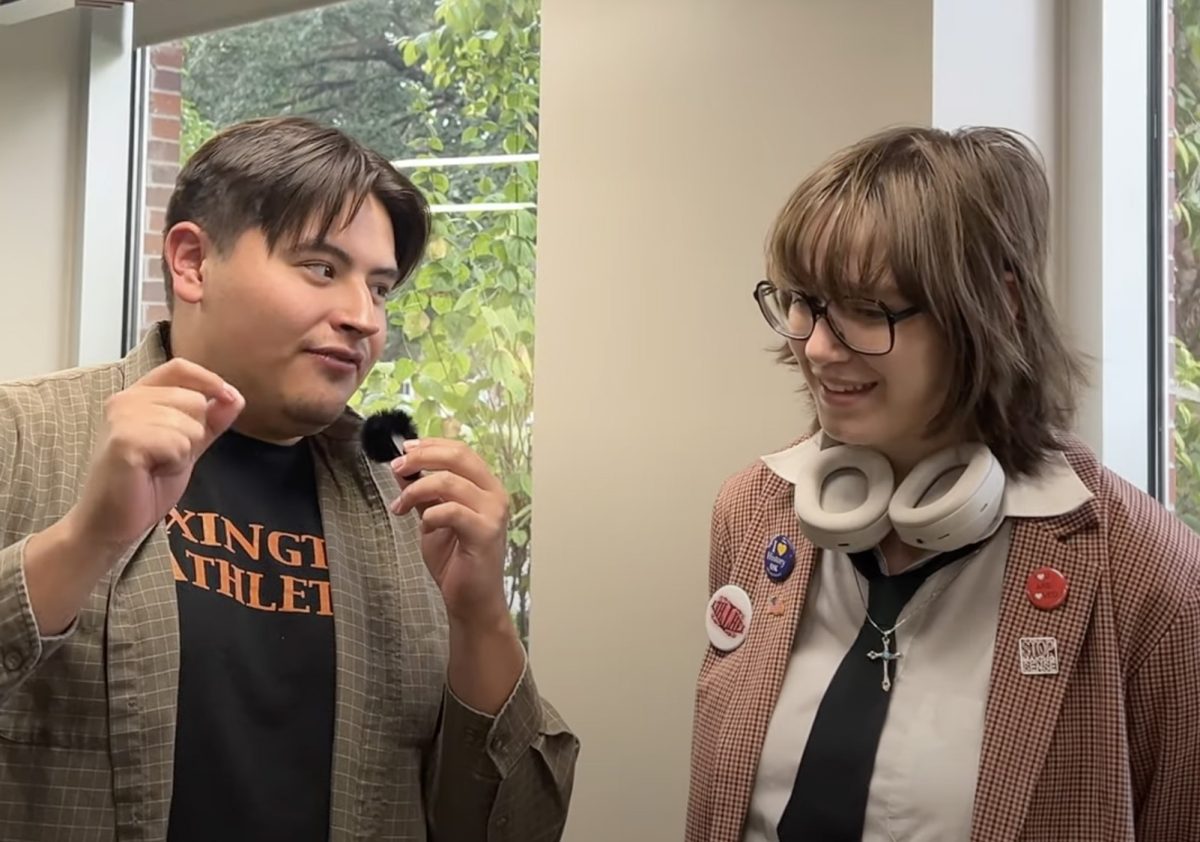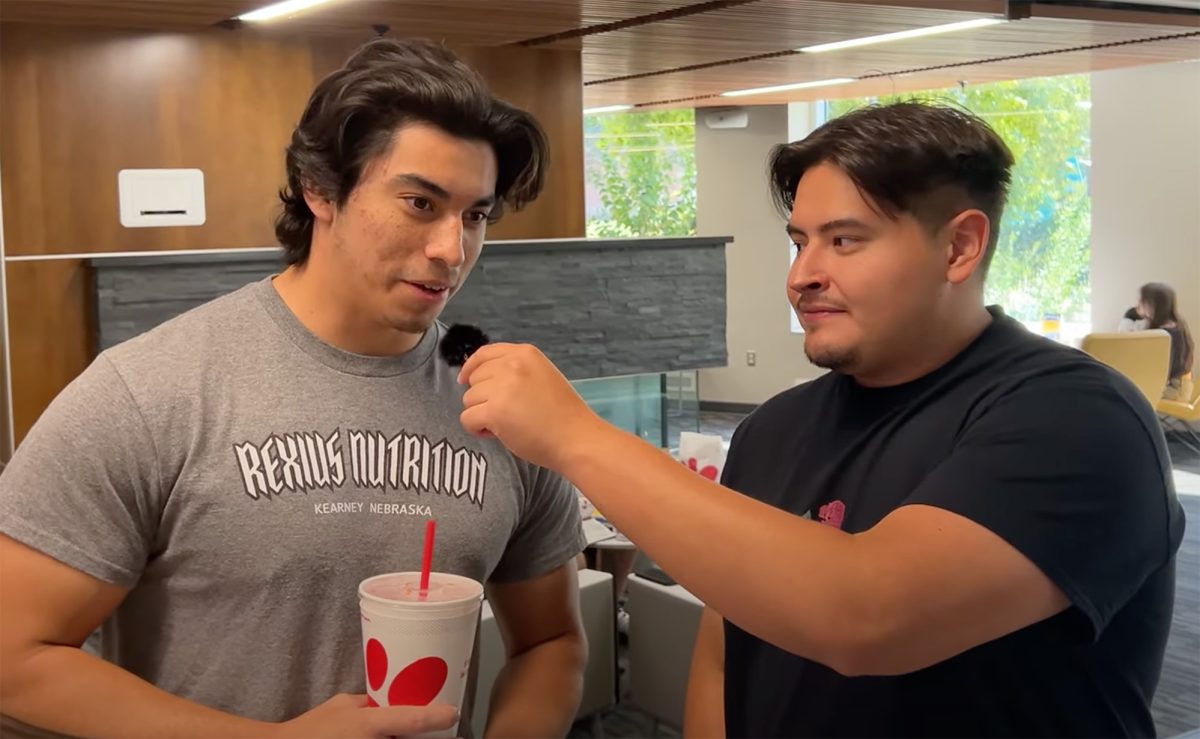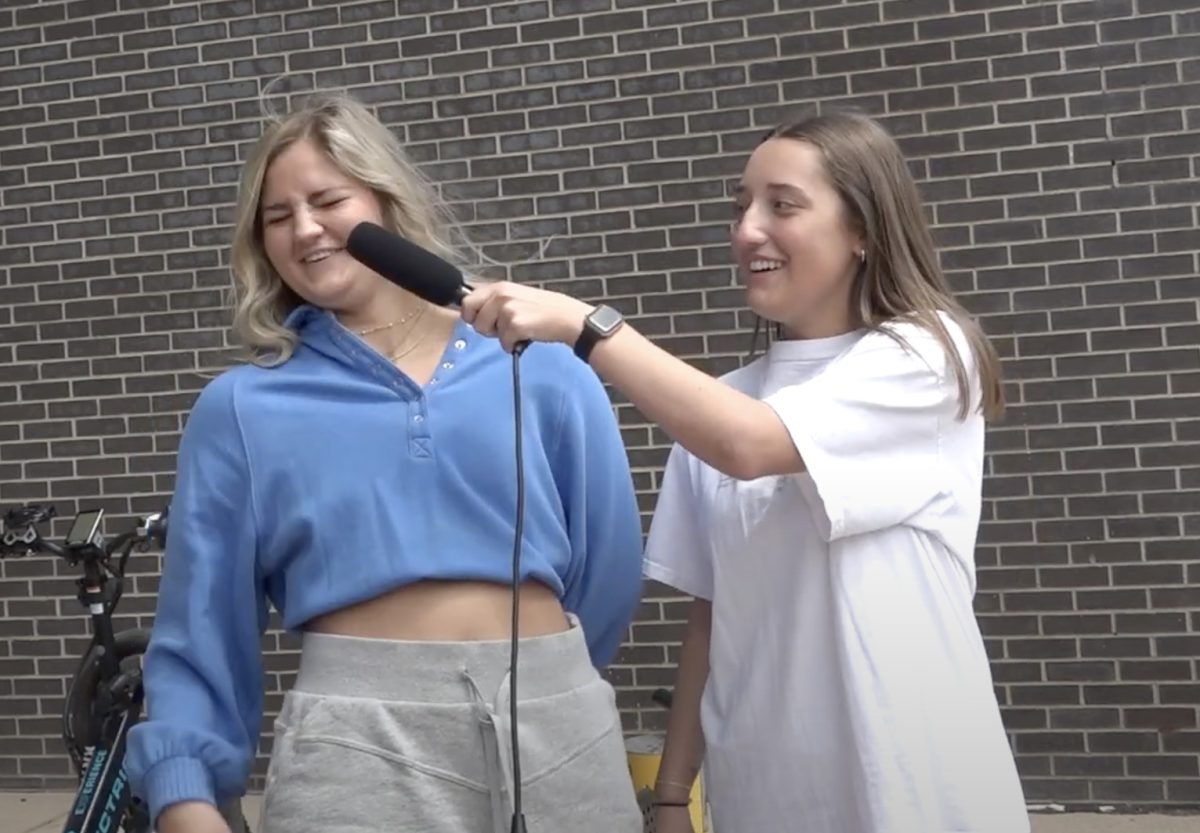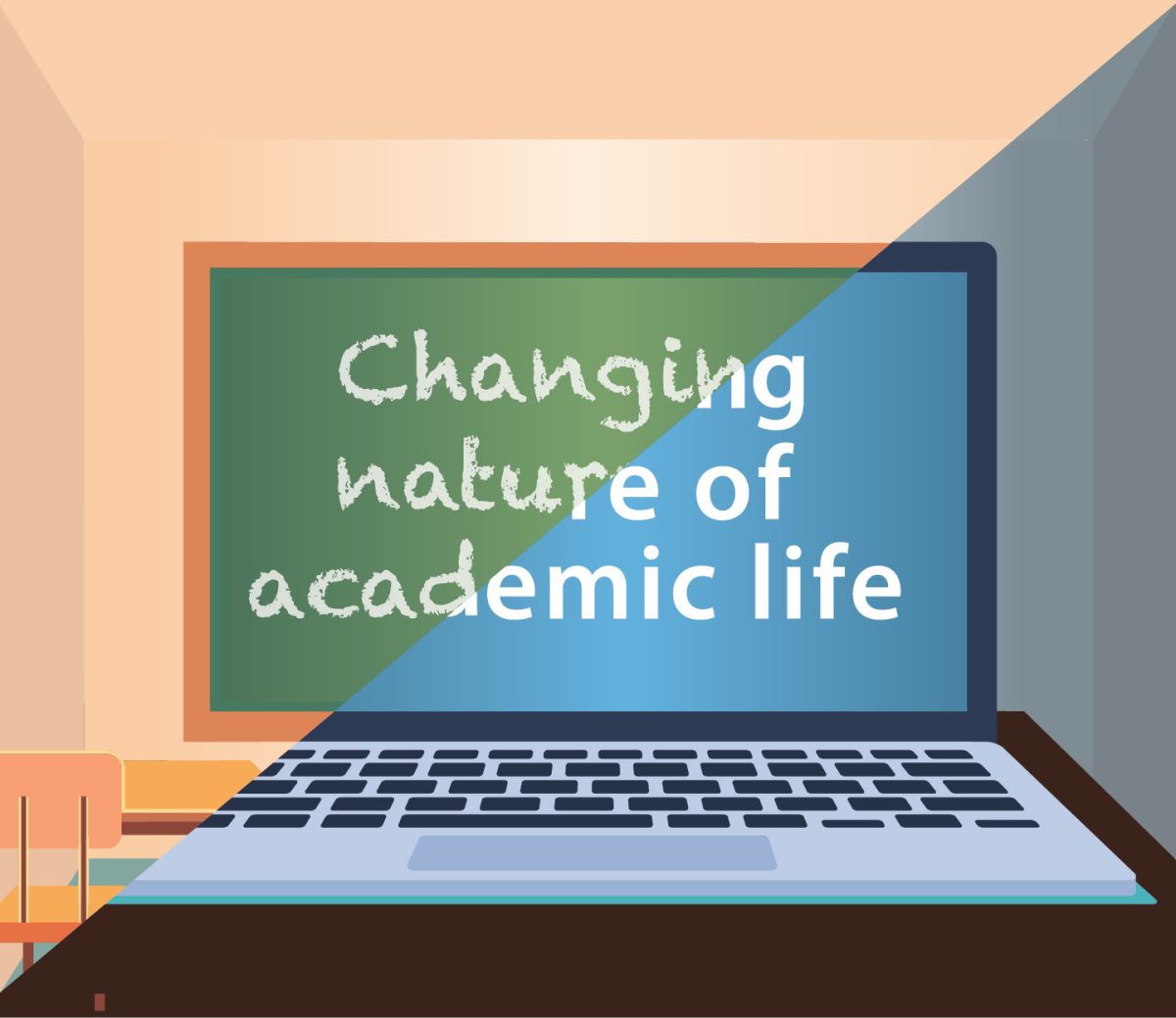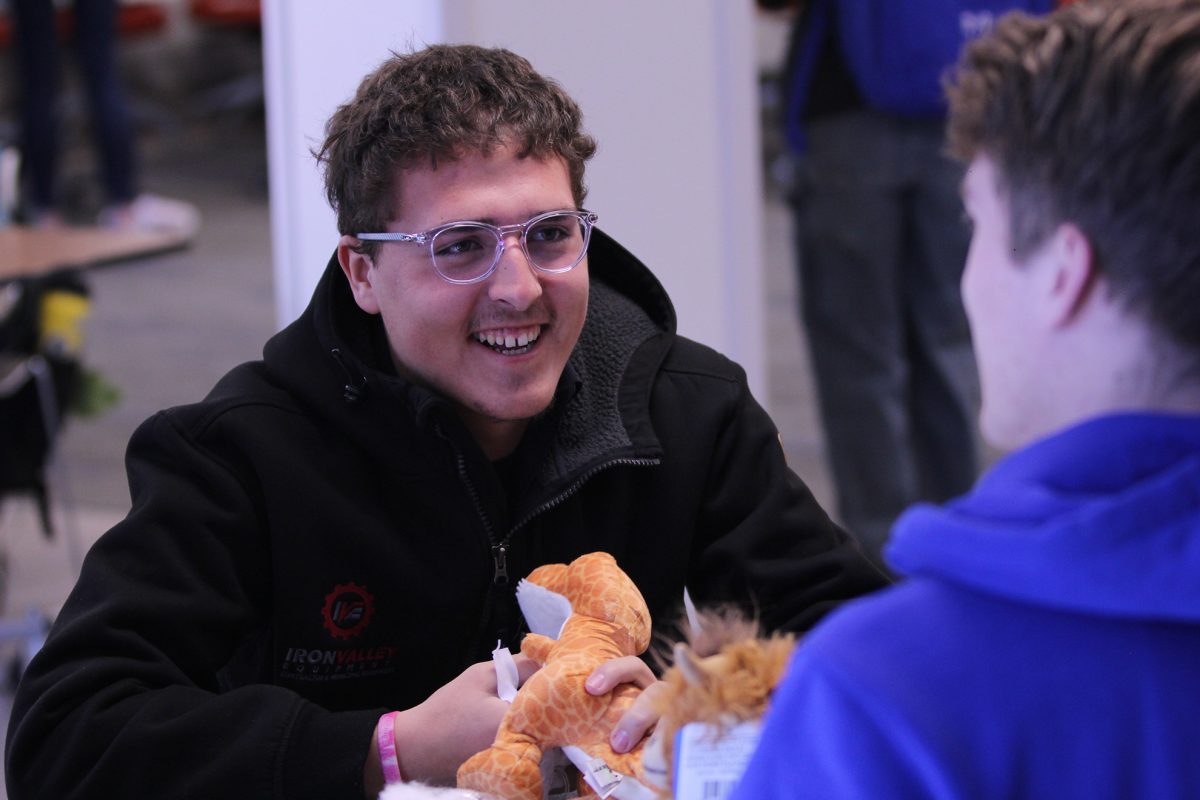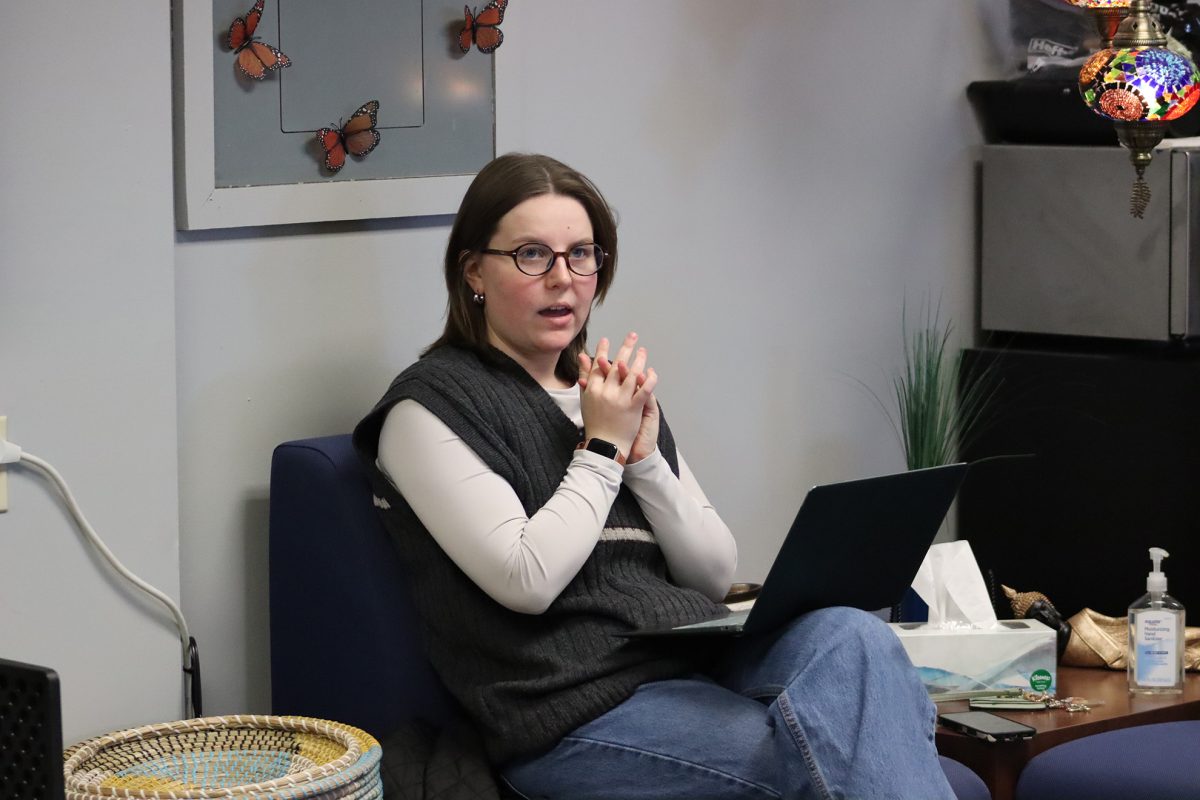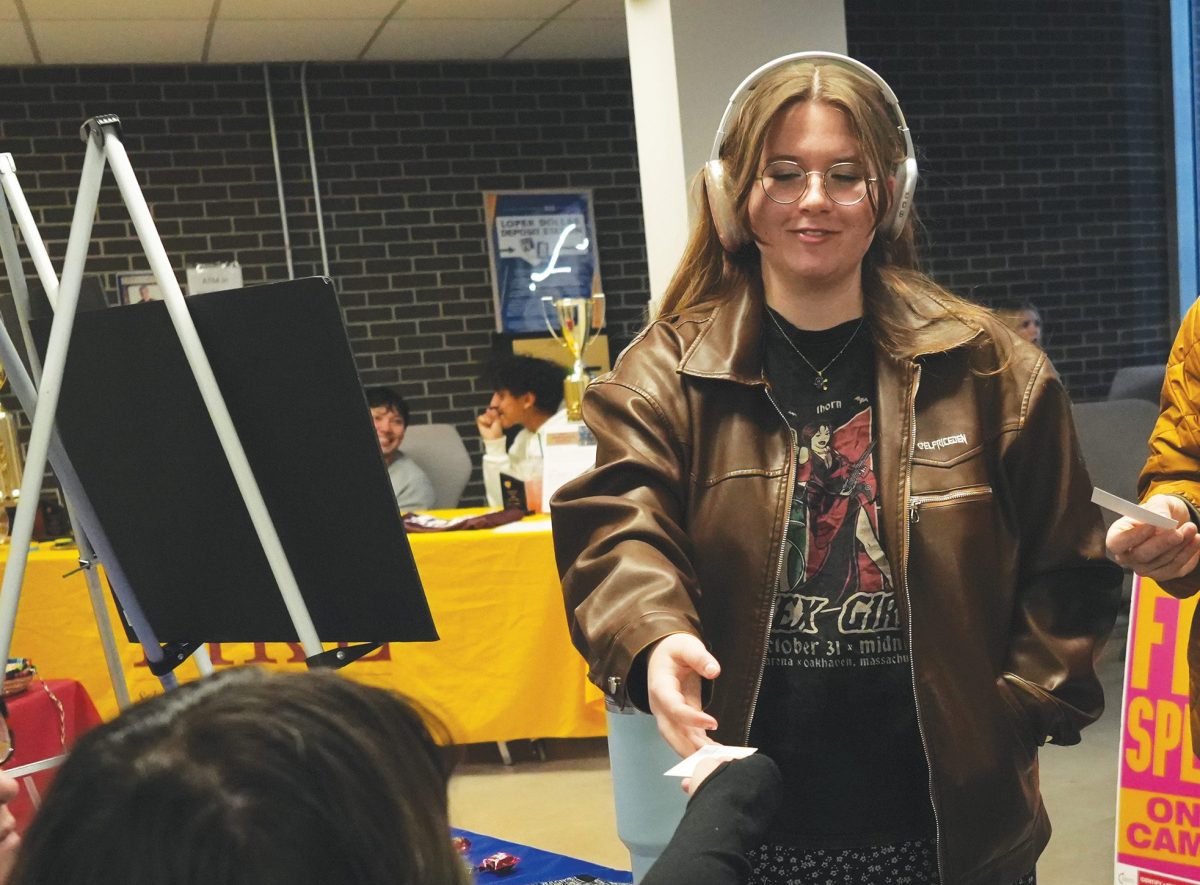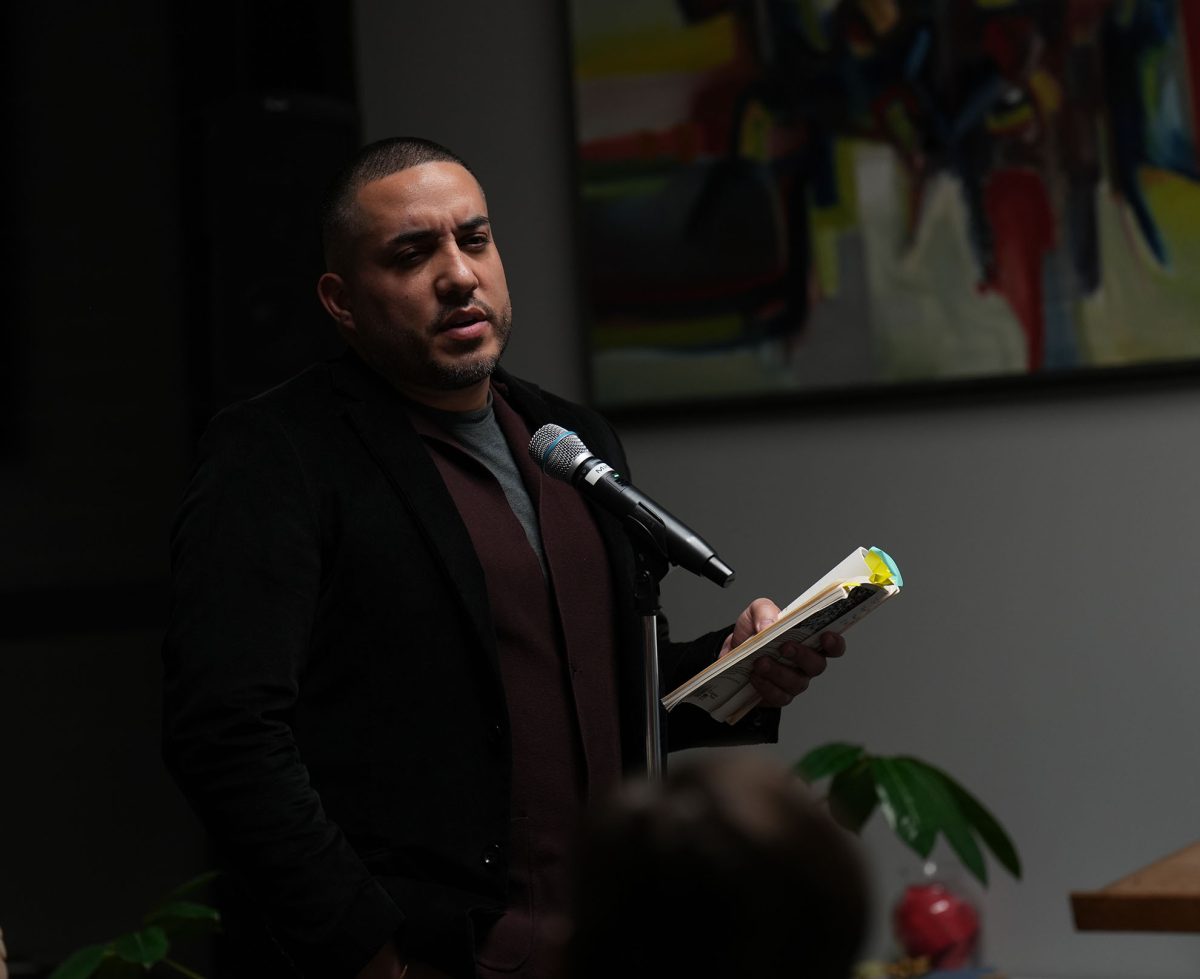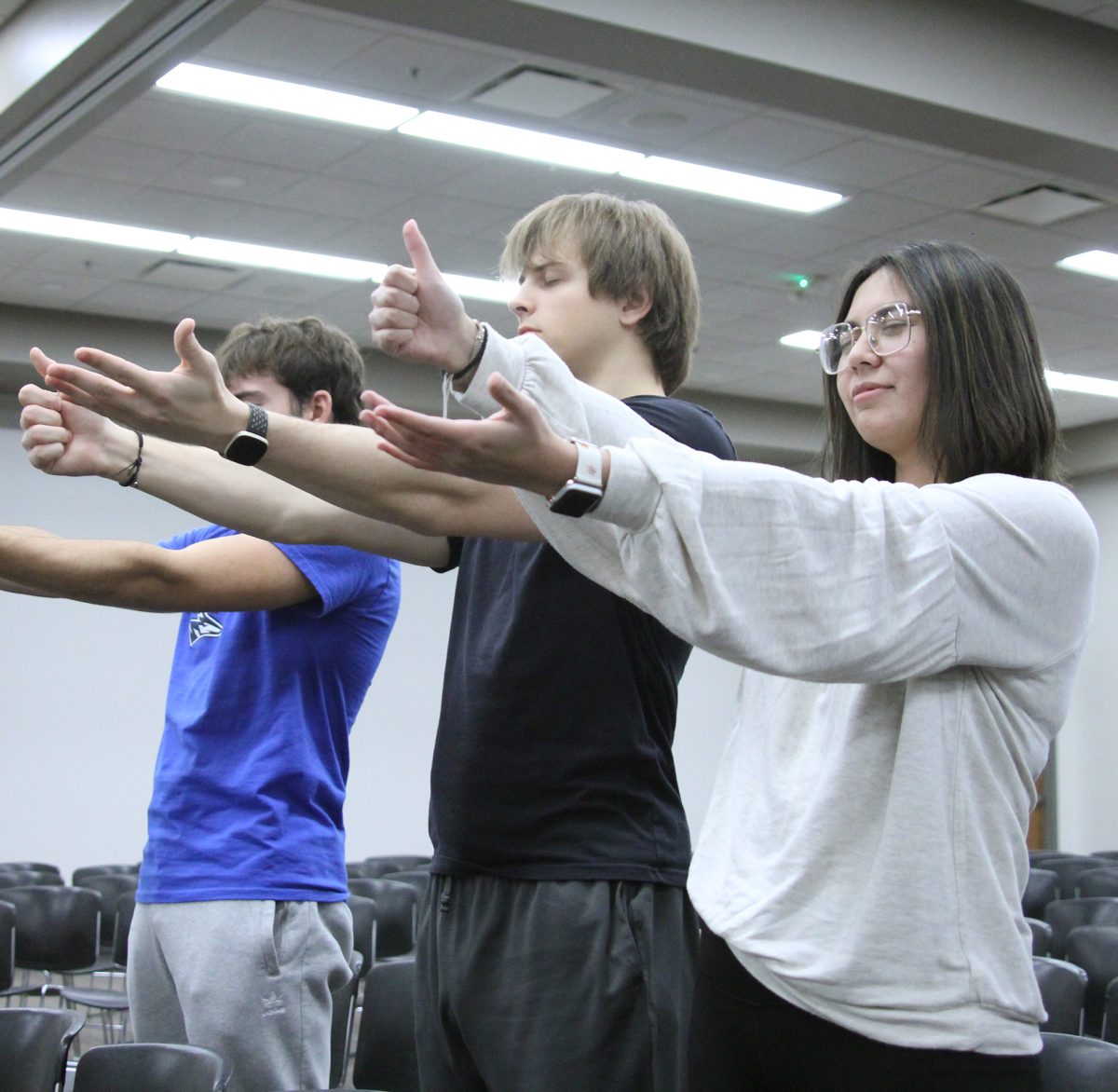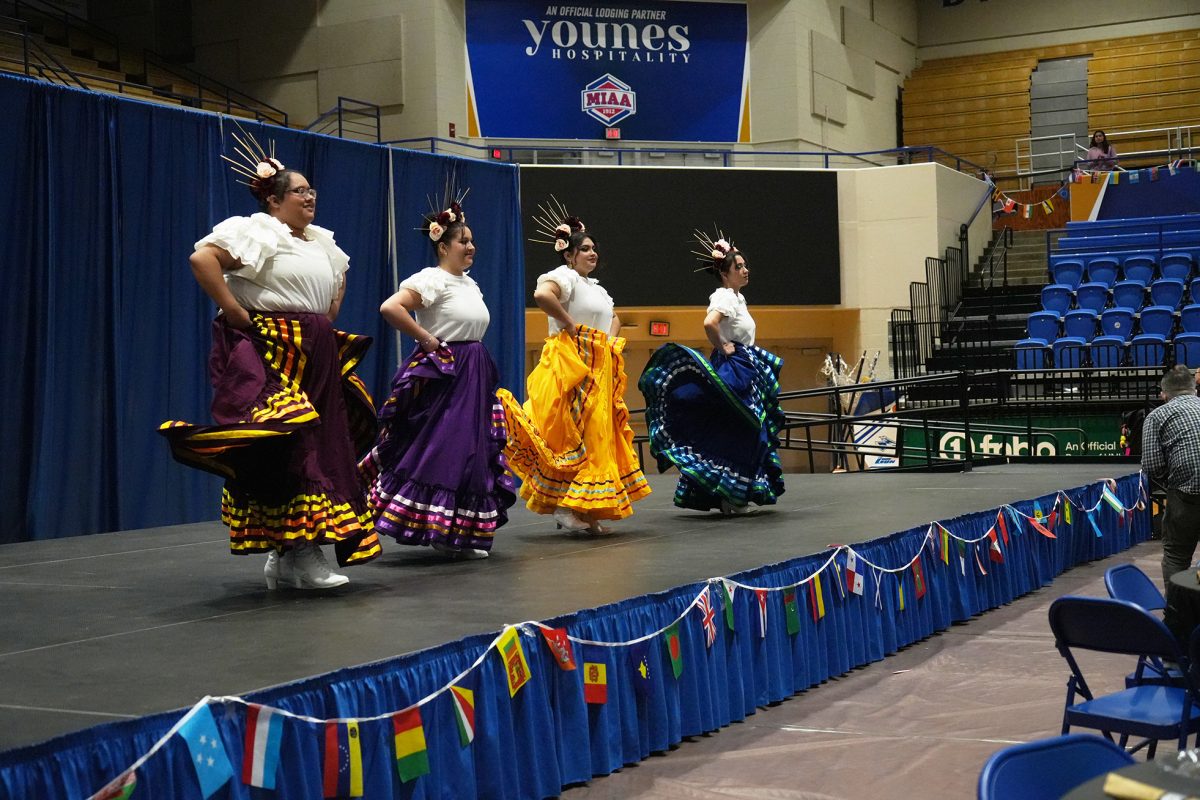Higher education is not the same as it once was. With enrollment numbers down across universities, events and programming have become increasingly more important.
Enrollment has decreased by approximately 14.79% from fall 2014 to fall 2024 across graduate and undergraduate education at UNK. It has become more common to see students graduating early and taking more online classes.
Renae Zimmer, UNK director of student engagement, attended Kearney State College in 1991. She said her experience as a college student was different than what it is today.
“In the late ‘80s, enrollment was over 10,000 at UNK,” Zimmer said. “While the fundamentals of education remain the same, the tools, costs, culture and pressures surrounding college have evolved dramatically from the 1980s to today. The introduction of digital technology and shifting cultural expectations has reshaped the college experience for modern students.”
Now more than ever, online classes in education are increasing. Since 2014, the number of undergraduate distance learners has increased by approximately 181.53%, with a peak at 802 undergraduate distance learners in 2021.
“It has changed post COVID-19,” Zimmer said.“ I think more students are taking online classes. I think there’s an increase in students going to community college. Dare I say, the value of a four-year degree maybe has lessened a little bit. I think they (students) are looking at the return on investment and if it makes sense.”
The faculty in the Student Engagement Office work to host events and programs, as well as oversee over 180 student organizations. Zimmer said that although the office has seen an increase in involvement and new student organizations forming, there are more challenges than ever to find the right programming to engage and connect students.
“We have had to diversify our programming and get really creative,” Zimmer said. “Everybody has their own niche and interests in the programming that is done on campus, and we kind of have to tailor to different audiences. We found ourselves doing more collaborating than ever before with different events and programs.”
Across different student organizations and involvement, the number of engaged members has been decreasing with enrollment numbers down. Specifically within the Fraternity and Sorority Life community, they have been working on ways to combat the decline. Since 2016, the number of FSL students has decreased by approximately 32.63% compared to undergraduate enrollment.
“Students are more critical about what they are getting involved in,” said Karlee Nuttelman, assistant director of Fraternity and Sorority Life. “They really analyze where they are investing their time. With some of that, some students might be more reluctant to give sorority and fraternity life a try.”
Nuttelman said most of the time students want to hear from fellow students, and they are aiming to be more systematic in how they communicate. She is hopeful that the community will see an increase in its growth as it is partially influenced by enrollment trends.
More and more students are having a much different college experience compared to years past. With the high costs of education, some students are working to graduate early to get into the workforce sooner.
UNK senior Samantha Burns came in with a lot of college credits from high school that fulfilled many of her general education classes. Burns said she wanted to do this to focus on her major and minor instead of required general courses so she could graduate early.
“Graduating early had always been a goal of mine, but I didn’t realize that it would be such a real possibility until after freshman year,” Burns said. “I definitely wanted to graduate early mostly for the sake of saving money.”
Burns earned the regents scholarship, which took care of all of her tuition costs. In addition, she worked 20-30 hours each week and learned how to budget living off campus after her freshman year.
“Moving off campus was a good financial choice for me because living on campus was too expensive,” Burns said. “Renting was much more affordable and sustainable.”
As of 2024, about 17.4% of students live off campus. This number has increased even as enrollment numbers decrease. In 2016, about 5.44% of undergraduate students lived off campus. With the campus life environment changing, student engagement efforts have become increasingly more important to accommodate that.
“I think there are gonna be some ways we have to diversify,” Zimmer said. “I see some programming really developing that is going to be the wave of the future.”


